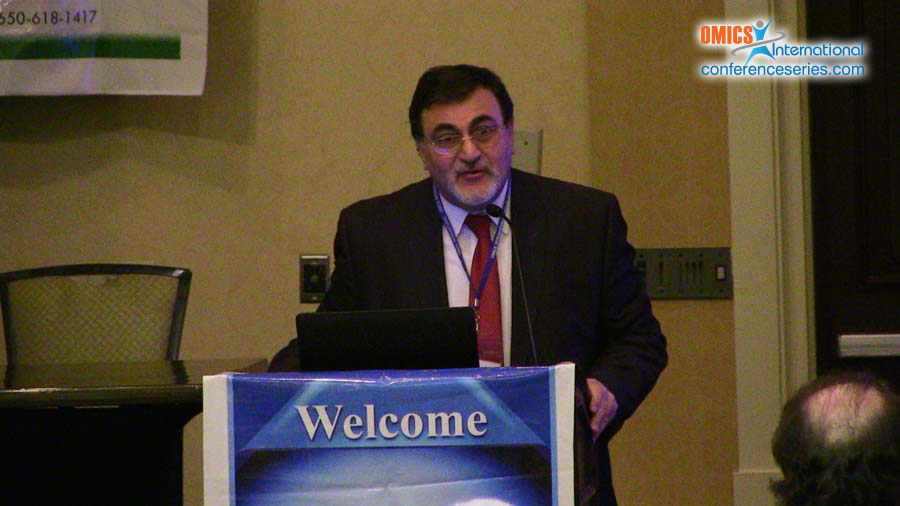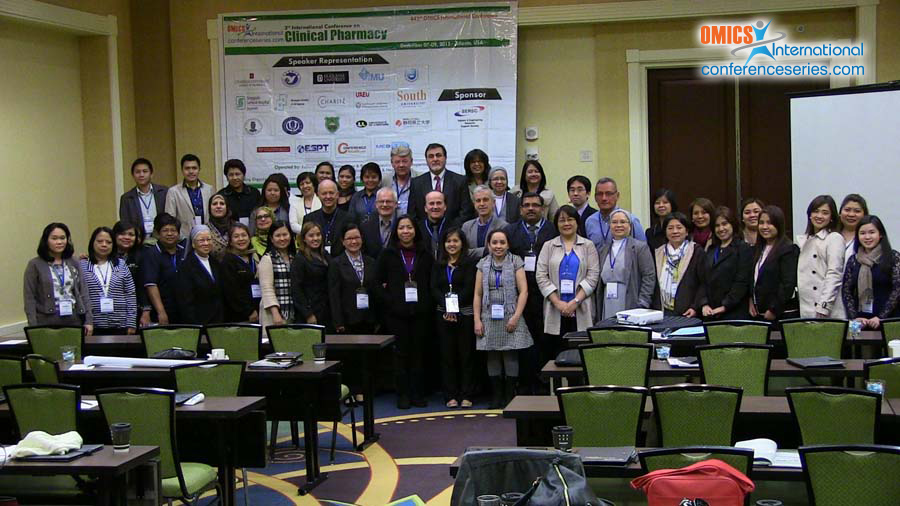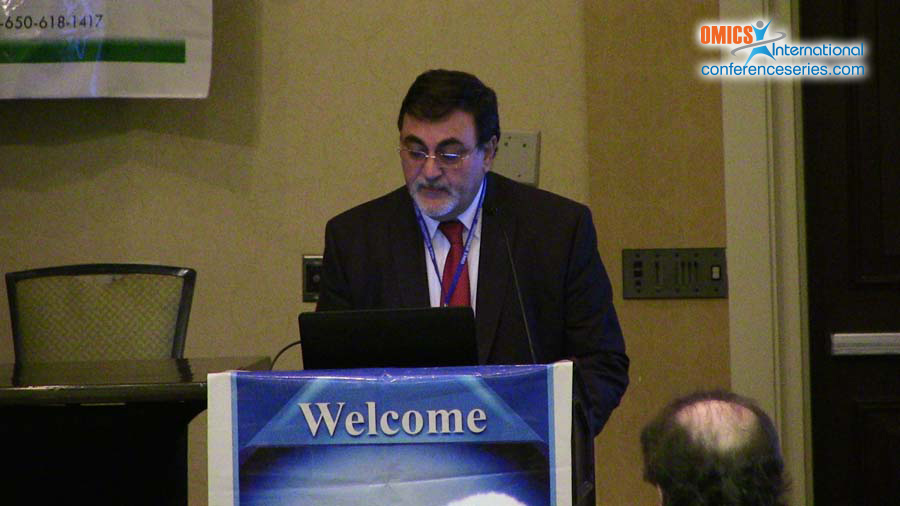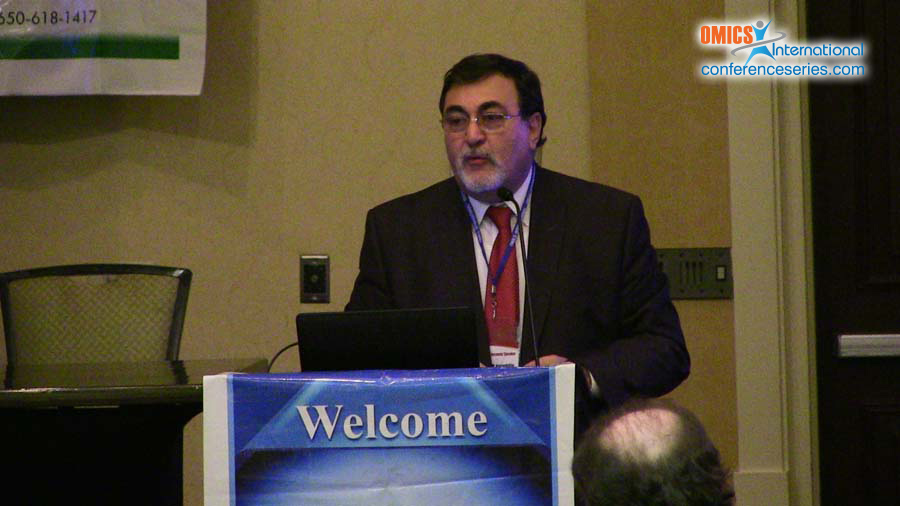
Ayman M Noreddin
Chapman University School of Pharmacy, USA
Title: Pharmacodynamic Profiling of Antibiotics Used in the Treatment of MRSA-Infected ICU Patients
Biography
Biography: Ayman M Noreddin
Abstract
Background: Appropriate initial treatment choices for methicillin resistant Staphylococcus aureus (MRSA) infections are veryrncritical especially in the intensive care units (ICU) settings. The aim of this study was to compare the ability of ceftobiprole,rndalbavancin, daptomycin, tigecycline, linezolid and vancomycin to achieve their requisite pharmacokinetic/pharmacodynamicrn(PK/PD) targets against MRSA isolates collected from ICU settings.
Methods: Monte Carlo Simulations were performed to simulate the PK/PD indices of the investigated antimicrobials. Probability of target attainment (PTA) was estimated at MIC values ranging from 0.03-32 μg/ml to define the PK/PD susceptibility breakpoints. Cumulative fraction of response (CFR) was computed using MIC data from the Canadian National Intensive Care Unit (CAN-ICU) study. Results: Analysis of the simulation results suggested the breakpoints of 8 μg/ml for ceftobiprole, 0.12 μg/ml for dalbavancin,daptomycin and tigecycline, and 1 μg/ml for linezolid and vancomycin. The estimated CFR were 100, 100, 70.8, 87.6, 88.7,rn82.4, 89.4, 98.3 % for ceftobiprole, dalbavancin, daptomycin (4mg/kg/day), daptomycin (6mg/kg/day), linezolid, tigecycline,vancomycin (1gm BID) and vancomycin (1.5gm BID), respectively.
Conclusions: Ceftobiprole and dalbavancin have the highest probability of achieving favorable outcome against MRSArninfections in the ICU. The susceptibility results suggested a further reduction of the vancomycin breakpoint to 1 μg/ml.
Keywords: MRSA, Monte-Carlo simulation, ceftobiprole, dalbavancin, vancomycin




